 credit: unsplash.com/@itfeelslikefilm
credit: unsplash.com/@itfeelslikefilm credit: unsplash.com/@itfeelslikefilm
credit: unsplash.com/@itfeelslikefilm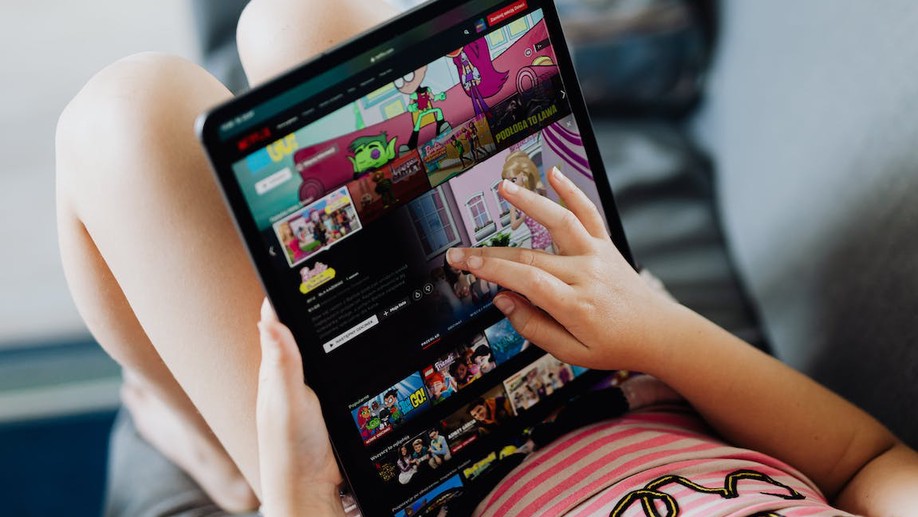
In this op-ed, my colleague discuss why we - as a society - need to destigmatize screen time. Based on our experience conducting fieldwork across Singapore, we note that screen time guidelines can sometimes engender strong feelings of parental guilt and disempowerment. We argue that there is a need to instead view screen time as screen experience, and that the responsibility of ensuring high quality screen experiences falls not only on parents, but the technological companies that profit from children’s attention.

As our interactions with each other become increasingly digitally mediated, there is growing interest in the study of people’s digital experiences. To better understand digital experiences, some researchers have proposed the use of screenomes. This involves the collection of sequential high-frequency screenshots which provide detailed objective records of individuals’ interaction with screen devices over time. Despite its usefulness, there remains no readily available tool that researchers can use to run their own screenome studies. To fill this gap, we introduce ScreenLife Capture, a user-friendly and open-source software to collect screenomes from smartphones. Using this tool, researchers can set up smartphone screenome studies even with limited programming knowledge and resources. We piloted the tool in an exploratory mixed-method study of 20 college students, collecting over 740,000 screenshots over a 2-week period. We found that smartphone use is highly heterogeneous, characterized by threads of experiences. Using in-depth interviews, we also explored the impact that constant background surveillance of smartphone use had on participants. Participants generally had slight psychological discomfort which fades after a few days, would suspend screen recording for activity perceived to be extremely private, and recounted slight changes in behavior. Implications for future research is discussed.

3D food printing is an emerging technology which has seen increasing interest in its application across different sectors of society. Despite this, there have been limited efforts to examine and understand the technology through social scientific perspectives. This paper bridges this gap by analyzing 3D food printing technology using an affordance approach in order to better understand its unique features and possible use cases. We propose a taxonomy of 3D food printing technology affordances – amalgamation, nutritional customization, textural customization, flavor customization, visual customization, and phygitalization. Drawing on contemporary work on technological affordances (Davis & Chouinard, 2017), we describe how this taxonomy can be applied to draw useful ways of thinking surrounding the development, design, and implementation of 3D food printing technologies across different sectors in society.

While videoconferencing has allowed for meetings to continue in a virtual space without the need for face-to-face interaction, there have been increasing reports of individuals affected by a phenomenon colloquially known as videoconference fatigue (VF). This paper presents a systematic review of existing literature to understand the empirical manifestations of the phenomenon, the causes behind it and potential theoretical explanations behind its effects.

The COVID-19 pandemic has affected the way many people live their lives. The increasing amount of time spent indoors and isolated during periods of lockdown has been accompanied by an increase in the time people spend playing video games. One such game which soared in popularity during the early stages of the pandemic was Animal Crossing: New Horizons. Through semi-structured interviews with players, and using a theory-informed qualitative analysis, we document and examine players’ motivations and experiences playing Animal Crossing: New Horizons during the pandemic. Findings suggest that playing the game helped satisfy various psychological needs—autonomy, relatedness, and competence—as described by Self-Determination Theory. Conversely, players stopped playing the game when they found that their psychological needs were thwarted or better met through other activities. Our findings offer support that video games can offer psychological relief in stressful contexts by providing opportunities for people to satisfy key psychological needs. Theoretical and practical implications are discussed.

Research examining the effect of parenting practices on child food consumption has often neglected the role in which global aspects of parenting – such as parenting style – play in shaping children’s dietary behaviors. To address this gap, the parenting style-as-context model was used to examine the moderating effects of parenting style – defined as the perceived emotional climate communicated to children by their parents – on the association between parental guidance of food consumption and children’s beliefs surrounding food. A cross-sectional survey of 1,113 child/adolescent participants between the ages of 9 and 18 was conducted to test the theoretical propositions derived from the parenting style-as-context model. Results suggest desirable relationships between different dimensions of parental guidance of food consumption on children’s beliefs surrounding foods were stronger among children who were under an authoritative parenting style compared to other parenting styles. The results offer some support for the parenting style-as-context model and has theoretical and practical implications for research targeted at understanding the role parents play in inculcating healthy dietary habits among children.
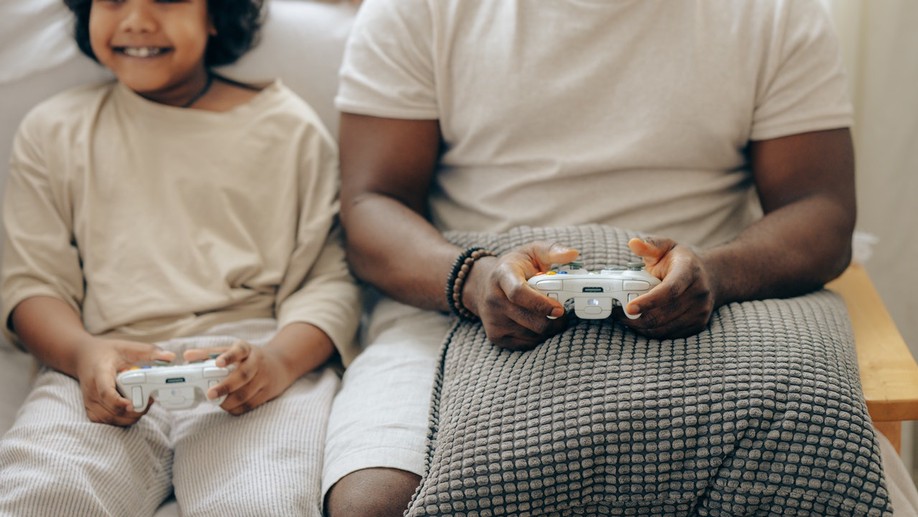
In this op-ed, Professor Lim Sun Sun and I discuss the importance of going beyond a time-based understanding of media use for children. Instead, we highlight the importance of content, context, intention, and risk mitigation. Furthermore, we emphasize the importance of parent-child communication and negotiation, rather than parents using authoritarian and top-down strategies to deal with media use. Overall, we highlight the need to view screen time as opportunities for learning and bonding, rather than something to tackle.

Through a series of 4 studies (focus group discussions involving social media users and 3 nationally representative online surveys) conducted in Singapore, we identify 4 types of competencies in which social media literacy can manifest: technical, social, privacy related, and informational. Using a sequential, exploratory mixed-methods approach, we first identified literacy events and practices that were grounded in social media users’ actual experiences through a series of focus group discussions. Then, based on the qualitative results, we developed and tested a perceived social media literacy (PSML) scale through a series of 3 national online surveys, where we found disparities in PSML based on socioeconomic factors.
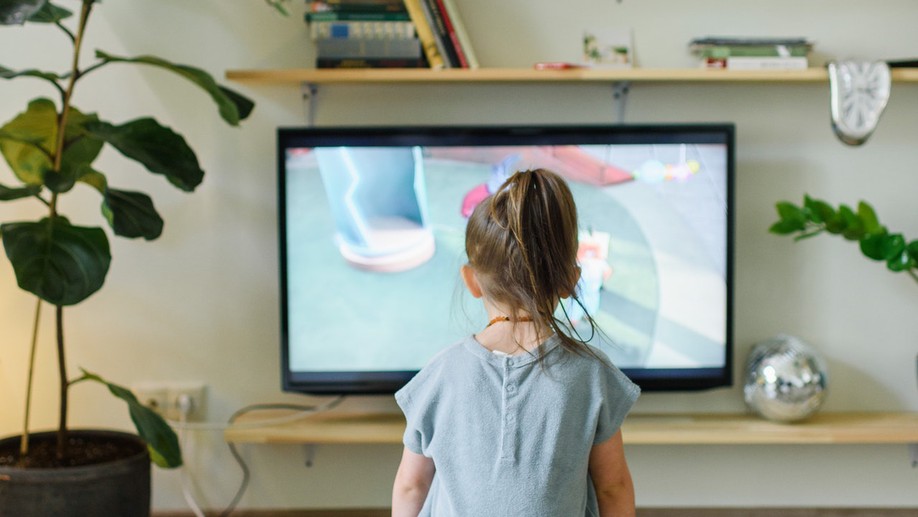
An international study across 42 countries was conducted to better understand children’s perception of the Covid-19 pandemic, as well as the role in which the media plays in shaping these perceptions.

Parents are important sources of influence in the development of healthy eating among children and adolescents. Besides gatekeeping and modeling, parents serve as health educators and promoters, using intentional and persuasive communication to encourage healthier eating preferences and behaviors in children. Despite this, a lack of reliable and valid measures has limited the research on how parent-driven interpersonal communication about foods influence child food consumption outcomes. Building on the research in parental mediation of media consumption, and parenting practices in public health nutrition, this study details the development and validation of the active and restrictive parental guidance questionnaire with a sample of 246 children and adolescents at the scale development phase and another sample of 1,113 children and adolescents at the scale validation phase. Findings show that parents employ four communicative strategies to encourage a healthier diet: active guidance, general discussion, preventive restrictive guidance, and promotive restrictive guidance. The new measure was shown to have good validity and measurement model fit. Implications for future research are discussed.

Background: While existing studies have investigated the role of social media on health-related communication, little is known about the potential differences between different users groups on different social media platforms in responses to a health event. This study sets out to explore the online discourse of governmental authorities and the public in Singapore during the recent Zika pandemic in 2016.
Method: Social media data were extracted from Facebook and Twitter using retroactive keyword sourcing of the word “Zika” to search for posts and a location filter of “Singapore”. Government posts, public posts, and replies to these original posts were included in the temporal and textual analysis.
Results: Overall, Facebook contained more government and individual content whereas Twitter had more content from news media accounts. Though the relative volume of Zika content from different data sources paralleled the peaks and troughs of Zika activities across time, discourses from different data sources differed in their temporal patterns, such that the public discourse died down faster than the government discourse after the outbreak was declared. In addition, the content of discourses differed among data sources. While government discourse included factual information of the disease, public discourse contained more elements of care such as worry about the risks to pregnant women, and elements of community such as well-wishes to each other.
Conclusion: Our study demonstrates the temporal and content differences between user groups and social media platforms in social media conversations during the Zika pandemic. It suggests that future research should examine the collective discourse of a health event by investigating social media discourses within varied sources rather than focusing on a singular social media platform and by one particular type of users.

In this op-ed, my co-author Jeremy Sng and I discuss how video games like Animal Crossing: New Horizons can satisfy important psychological needs during the Covid-19 pandemic.

As Covid-19 brings the world to a standstill, my co-author Lim Sun Sun and I wrote an op-ed that discusses how screen time for children should not be viewed solely from a homogenous time-based perspective, but rather, in a way that takes into account the content and context of media use.

The rapidly increasing volume of health data generated from digital technologies have ushered in an unprecedented opportunity for health research. Despite their promises, big data approaches in understanding human behavior often do not consider conceptual premises that provide meaning to social and behavioral data. In this paper, we update the definition of big data, and review different types and sources of health data that researchers need to grapple with. We highlight three problems in big data approaches—data deluge, data hubris, and data opacity—that are associated with the blind use of computational analysis. Finally, we lay out the importance of cultivating health data sense-making—the ability to integrate theory-led and data-driven approaches to process different types of health data and translating findings into tangible health outcomes—and illustrate how theorizing can matter in the age of big data.

Numerous studies have highlighted the undesirable effects of food advertising on children across the world. However, very few researchers have looked at the impact of food advertising restrictions on the targeted outcomes of these policies. This paper presents three studies that assessed the impact of child food advertising restrictions in Singapore. The studies include (1) a content analysis of television advertisements, (2) a door-to-door household pantry survey of families, and (3) a large-scale survey of school children. Results indicate that the amount of unhealthy food advertising has declined since the policy implementation, children’s cognition about fast- food have shifted desirably, household stocks of a number of unhealthy foods have decreased slightly, and children’s self-reported consumption of unhealthy foods has decreased slightly. Age and gender effects were found, where older children, and girls, show larger differences. Implications for policy and future research are discussed.

This study examines how parents, peers, and media use affect adolescents’ attitudinal and behavioral responses to app-based mobile advertising. A survey conducted with 603 smartphone users aged between 12 and 19 in Singapore suggests that parental factors, particularly control-based restrictive parental mediation, are more influential on younger adolescents than older ones. Findings also demonstrate that adolescents’ susceptibility to normative peer influence makes them less critical about app-based mobile advertising, regardless of their age. Regarding the role of media use, adolescents’ responses to app-based mobile advertising are more a function of perceived smartphone competency than the amount of time spent on smartphones.

The study of parenting practices on child food consumption has often been characterized as having great utility but lacking in theory. In contrast, the theory of planned behavior (TPB) has often been suggested to be limited in its utility. To address these gaps, interpersonal constructs – the concepts of active parental guidance (e.g., nutrition education) and restrictive parental guidance (e.g., rule-setting) – were integrated as antecedents to the original TPB variables in predicting child fruits and vegetables (FV) consumption. We surveyed 210 child/adolescent participants, aged between 10 and 16 in Singapore. Results from structural equation modeling showed that the integrative TPB model displayed an acceptable fit. Parental active guidance was associated with all three proximal predictors of behavior. Our results suggest that there are promising contributions to the theory of planned behavior in predicting child food consumption behavior by considering interpersonal antecedents.

Existing research has highlighted the concept of parental third-person effect, where parents’ perceive greater negative media effects on other children versus their own, and act upon those beliefs. Despite this, much of the research has remained rooted in the traditional understanding of the third-person perception, examining how third-person effect is manifested in perceptions about oneself versus others. This study attempts to further extend the traditional understanding of the third-person effect by examining how parents’ perceived effects of cyberbullying is associated with two behavioral outcomes: support for anti-cyberbullying legislation and parental mediation of social media use. We surveyed 1187 of parents of children aged between 8 and 17 in Singapore. Our results supported both the perceptual and behavioral hypotheses. Parents perceived other children as more susceptible to cyberbullying than their own children. Parents’ third-person perceptual gap was negatively associated with support for anti-cyberbullying legislation, and positively associated with parental mediation strategies, suggesting that different behavioral outcomes are associated with different processes. The associations between the third-person perceptual gap and both related outcomes were stronger among parents of younger children as compared to adolescents. Implications for research on the third-person effect were discussed.

Background: This study examined the impact of superstitious beliefs on influenza vaccine uptake and investigated the role of health beliefs as underlying psychological mechanisms. It is hypothesized that superstitious beliefs predict greater perceived risks in influenza and vaccines, which in turn affect influenza vaccine uptake.
Methods: A cross-sectional survey of Singaporeans and Singapore Permanent Residents aged between 21 and 70 (N = 668) was conducted using computer-assisted telephone interviews. The survey covered beliefs in superstition, health beliefs in influenza and vaccines, and influenza vaccine uptake intention and behavior using the Health Belief Model. Path analysis was adopted to examine the hypothesized model.
Results: Approximately 60% of the sample had never obtained influenza vaccination. The path analysis found that superstitious beliefs significantly predicted higher perceived barriers and lower perceived benefits of vaccines, which in turn predicted a lower intention to take influenza vaccine in the next year and/or a lower probability of ever taking influenza vaccine. In contrast, superstitious beliefs predicted higher perceived susceptibility and severity of influenza that in turn predicted higher influenza vaccine uptake intention and/or probability. Examining demographic variables and past experience on influenza as control and confounding factors did not significantly affect the results.
Conclusion: The findings imply that beliefs in superstitions can have mixed effects on vaccine uptake and intention through shaping beliefs of the disease and vaccines. Significant implications in health education and persuasion on vaccine uptake are discussed.
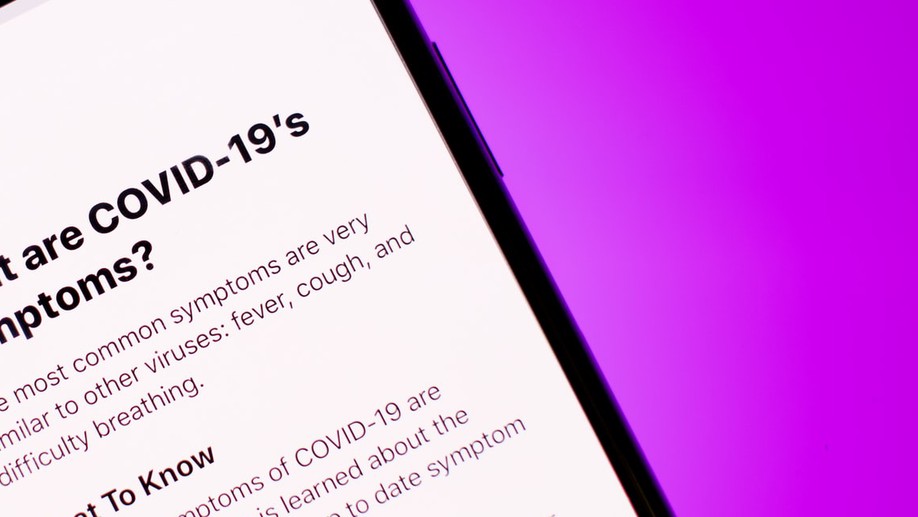
First introduced by medical industry leaders and marketers, the term e-health has been used to convey the optimistic promise of using Internet-related technology to improve health. There remains a great deal of ambiguity with regard to what e-health means. Part of the uncertainty in finding a precise definition lies in the word health, which generally refers to an outcome rather than a specific object or activity. According to the World Health Organization (1948), “Health is a state of complete physical, mental and social well-being and not merely the absence of disease or infirmity” (p. 1). The term e-health does not lend itself to a common definition, and scholars have liberally defined it in a variety of ways specific to the function that the term serves in the context of its use. This variety of definitions contributes to the ambiguity as well as to the richness and complexity of the concept. This entry does not attempt to provide a specific definition for e-health. Rather, it serves to provide a broad overview of what e-health can mean in a variety of contexts. e-Health can refer to (a) traditional health care enabled through Internet-related technologies, (b) healthrelated information and support available online, and (c) behavioral health interventions designed to be transmitted via Internet-related technologies. However, these categories are not exhaustive as the concept continues to evolve to encompass newer forms of technology.

Using an extended theory of planned behavior (TPB), this study explores how the original TPB variables (attitude, subjective norms, and perceived behavioral control), personality traits, privacy concern, past privacy protection behaviors (PPBs), as well as parental mediation strategies relate to adolescents’ intention to engage in privacy protection measures. We administered a cross-sectional survey to a nationally representative sample of adolescents (N = 4,920) in Singapore. The sample comprised 50.5 percent females and 49.5 percent males with age ranging from 13 to 21 years (M = 14.73). Results from the hierarchical regression analysis showed that the proposed extended TPB model received partial support. Subjective norms, among the TPB and other factors, have the strongest relationship with adolescents’ intention to engage in PPBs on social network sites. Adolescents’ privacy concern and their past PPBs are more important in influencing their future PPB compared with personality traits such as neuroticism and extraversion. Adolescents whose parents have engaged in regulated parental mediation are more likely to protect their privacy on SNSs compared with adolescents whose parents have adopted active mediation style.

Exergaming has been discussed as a possible strategy to encourage children to engage in physical activity. This study explores presence as a mechanism through which exergames may be associated with positive mood experiences and game enjoyment among children. Structural equation modeling using survey data from children aged 9–12 in Singapore revealed that presence was positively correlated with mood experience and game enjoyment, while game enjoyment and mood experience were positively correlated with attitude toward exergaming. Attitude toward exergaming was positively correlated with preference for future game play. In addition, mood experience was found to be a partial mediator of the relationship between presence and game enjoyment. Conclusions regarding the impact of exergames on children and practical implications for digital health interventions and exergame design were discussed.

Health communication research has often focused on how features of persuasive health messages can directly influence the intended target audience of the messages. However, scholars examining presumed media influence on human behavior have underscored the need to think about how various audience’s health behavior can be unexpectedly influenced by their exposure to media messages. Two central theoretical frameworks have been used to guide research examining the unintended effects: the third-person effect and the influence of presumed media influence (IPMI). The theoretical explanations for presumed media influence is built on attribution bias, self-enhancement, perceived exposure, perceived relevance, and self-categorization. Even though both the third-person effect and the IPMI share some theoretical foundations, and are historically related, the IPMI has been argued to be better suited to explaining a broader variety of behavioral consequences. One major way that presumed media influence can affect an individual’s health behavior is through the shifting of various types of normative beliefs: descriptive, subjective, injunctive, and personal norms. These beliefs can manifest through normative pressure that is theoretically linked to behavioral intentions. In other words, media have the capability to create the perception that certain behaviors are prevalent, inculcating a normative belief that can lead to the uptake of, or restrain, health behaviors. Scholars examining presumed media influence have since provided empirical support in a number of specific media and behavioral health contexts. Existing findings provide a useful base for health communication practitioners to think about how presumed media influence can be integrated into health campaigns and message design. Despite the proliferation of research in this area, there remains a need for future research to examine these effects in a new media environment, to extend research into a greater number of health outcomes, to incorporate actual behavioral measures, and to ascertain the hypothesized causal chain of events in the model.
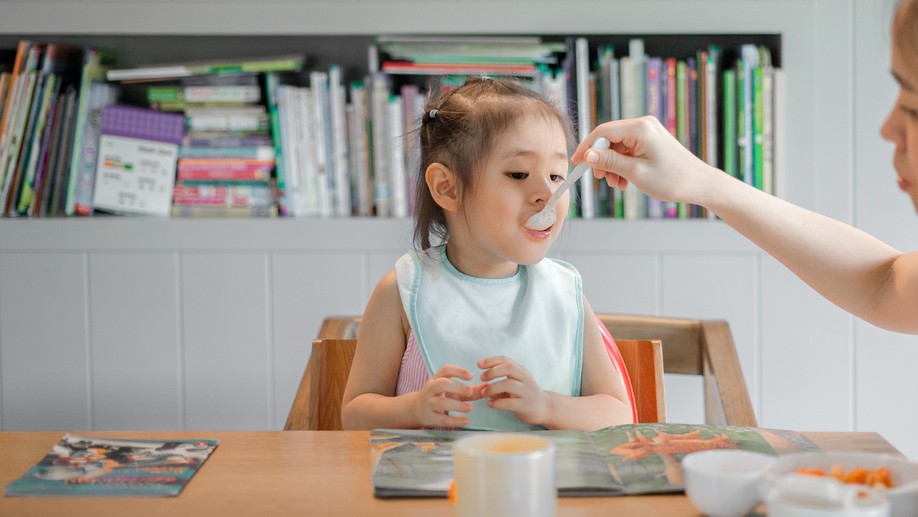
Background: The family is an important social context where children learn and adopt eating behaviors. Specifically, parents play the role of health promoters, role models, and educators in the lives of children, influencing their food cognitions and choices. This study attempts to systematically review empirical studies examining the influence of parents on child food consumption behavior in two contexts: one promotive in nature (e.g., healthy food), and the other preventive in nature (e.g., unhealthy food).
Method: From a total of 6,448 titles extracted from Web of Science, ERIC, PsycINFO and PubMED, seventy eight studies met the inclusion criteria for a systematic review, while thirty seven articles contained requisite statistical information for meta-analysis. The parental variables extracted include active guidance/education, restrictive guidance/rule-making, availability, accessibility, modeling, pressure to eat, rewarding food consumption, rewarding with verbal praise, and using food as reward. The food consumption behaviors examined include fruits and vegetables consumption, sugar-sweetened beverages, and snack consumption.
Results: Results indicate that availability (Healthy: r = .24, p < .001; Unhealthy: r = .34, p < .001) and parental modeling effects (Healthy: r = .32, p < .001; Unhealthy: r = .35, p < .001) show the strongest associations with both healthy and unhealthy food consumption. In addition, the efficacy of some parenting practices might be dependent on the food consumption context and the age of the child. For healthy foods, active guidance/ education might be more effective (r = .15, p < .001). For unhealthy foods, restrictive guidance/rule-making might be more effective (r = −.11, p < .01). For children 7 and older, restrictive guidance/rule-making could be more effective in preventing unhealthy eating (r = − .20, p < .05). For children 6 and younger, rewarding with verbal praise can be more effective in promoting healthy eating (r = .26, p < .001) and in preventing unhealthy eating (r = − .08, p < .01).
Conclusion: This study illustrates that a number of parental behaviors are strong correlates of child food consumption behavior. More importantly, this study highlights 3 main areas in parental influence of child food consumption that are understudied: (1) active guidance/education, (2) psychosocial mediators, and (3) moderating influence of general parenting styles.

Populated by a diverse spread of cultures, Southeast Asia is represented by the Association of Southeast Asian Nations (ASEAN), a regional organization comprising some 622 million people in ten countries. While food and beverage labeling policies differ across ASEAN member states, organizations such as the ASEAN Food and Beverage Alliance (AFBA) have pushed for standardization in the interest of facilitating interregional trade. Set against this backdrop of economic growth, nutrition labeling as a means of influencing consumer choices has become a significant area of focus for health authorities and researchers over the past two decades due to rising chronic disease levels within the region’s increasingly urbanized communities. Food retail trends facing Southeast Asia challenge the state of existing regulations governing, as well as research on food labeling practices in the region. Two main points stand out. First, legislation has remained disparate among the ASEAN nations despite repeated calls for standardization by academics as well as other relevant bodies, with only Malaysia adopting mandatory regulations on food labeling and nutritional claims. Second, existing nutrition labeling research in ASEAN is sorely lacking. In addition, there is a lack of theoretical and methodological diversity in existing studies, leading to an incomplete understanding of nutritional label use in Asia and a crucial research gap that remains to be filled.

This study proposes that parental mediation of television advertising and parental guidance of food consumption differentially influence children’s attitude, intention, and behavior toward the consumption of healthy and unhealthy foods. Structural equation modeling based on a survey of 1,119 children aged 9–12 supported our model, revealing that parental education strategies influence children’s food consumption in a complex manner that is highly context-dependent. Parental guidance of food consumption enhanced children’s healthy food attitude and intention to consume, while reducing the intention to consume unhealthy food. However, parental mediation of television advertising influenced unhealthy food attitude to a greater extent than healthy food attitude. Implications for health promotion and education, as well as parents and policy makers are discussed.